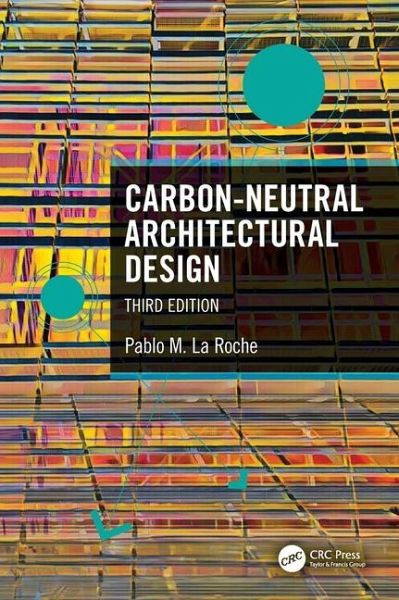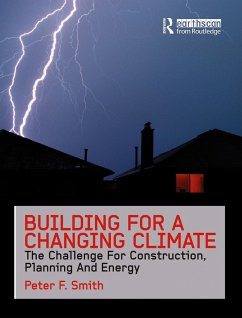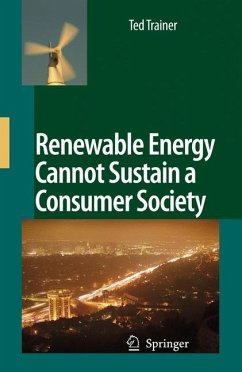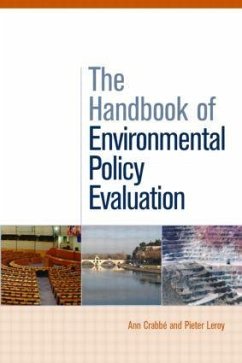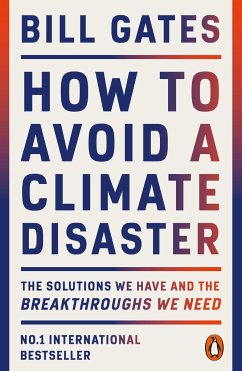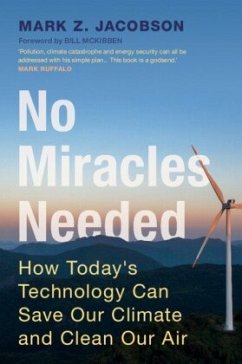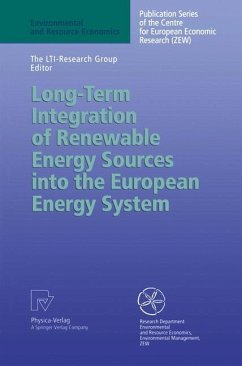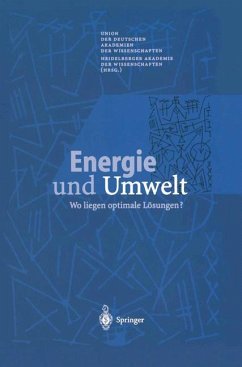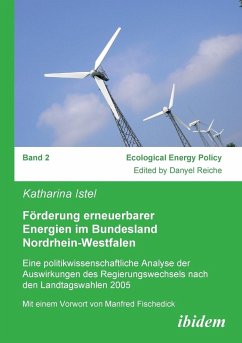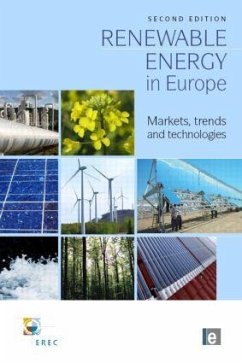Pablo M. La Roche
Gebundenes Buch
Carbon-Neutral Architectural Design
Versandkostenfrei!
Versandfertig in 1-2 Wochen
Weitere Ausgaben:

PAYBACK Punkte
90 °P sammeln!




This book describes how to reduce building-related greenhouse gas emissions through appropriate design techniques. This new, revised edition is updated throughout and includes a new section on embodied carbon and new chapters on daylighting and nature-based cooling.
Pablo M. La Roche is Professor of Architecture at California State Polytechnic University, where he was also interim Director of the Lyle Center for Regenerative Studies in the College of Environmental Design. For many years, he was a Principal and Sustainable Design Director at CallisonRTKL and is currently a Principal and Sustainable Design Services Director at Arcadis. Dr. La Roche has more than 30 years of professional experience implementing sustainable, low-carbon strategies in multiple projects of all sizes. La Roche earned an Architecture degree at Universidad del Zulia, Venezuela, and a Master of Science in Architecture with a Scholarship from CONICIT, the Venezuelan Council for the Advancement of Science. With a Fulbright from the US Department of State and a Chancellor's Scholarship from UCLA, he earned a Ph.D. degree in Architecture at the University of California, Los Angeles, California. His research interests include passive cooling systems, living roofs, and low-energy and low-carbon architecture. He has authored over 150 technical papers in journals and conferences. La Roche co-authored the book, Keeping Cool: Guidelines to Avoid Overheating in Buildings, published by the Passive Low Energy Architecture (PLEA) organization in 2001, Carbon Neutral Architectural Design in 2011 with a second edition in 2017, and several book chapters, including the Routledge Manual on Thermal Comfort and Activism in Architecture: Bright Dreams of Passive Energy Design. He has been a guest speaker at events around the world, a podcast speaker, a member of architecture competition juries, a technical reviewer and session chair in local, regional, and international events and conferences, and an editorial board member of several journals. These include the American Institute of Architecture (AIA), the Passive and Low Energy Architecture Association (PLEA), the Architectural Research Centers Consortium (ARCC), the US Green Building Council (USGBC), and American Solar Energy Society (ASES) conferences, and in 2016, he chaired the Passive Low Energy Architecture (PLEA) conference in Los Angeles. In 2013, he was CöCurator of the exhibit "Technology and Environment: The Postwar House in Southern California" at Cal Poly Pomona, part of the Getty series Pacific Standard Time. He is also the past president of the Society of Building Science Educators (SBSE) and past chair of the solar buildings division of the ASES. He is a registered architect in Venezuela and an Associate AIA and Leadership in Energy and Environmental Design (LEED) BD+C accredited professional in the United States. He has received multiple awards, among these "Habitar el Dispositivo" in Spain, the Volunteer IMPACT Award from the USGBC and the EDUCATE Prize in Rome in 2012, the National Council of Architectural Registration Boards (NCARB) Grand Prize representing the Department of Architecture at Cal Poly Pomona in 2008, the exhibit "New Blood: Next Gen" in the A+D Architectural Museum in Los Angeles, California in 2006, a finalist in the 2016 Biennale Land Art Generator Initiative design competition for Santa Monica, and with CRTKL an AIALA NextLA 2021 citation award for terminal II at Guadalajara airport. His carbon¿eutral design studio was selected for Architecture's 2030 Curriculum Project, and his students have also received awards in architecture competitions over the years, including the COTE Top Ten for Students awards program, sponsored by the AIA and ACSA, AIAS/COTE 2012 Research Scholar, the Pasadena and Foothill Chapter of the AIA, Emerging Green Building Competition, Los Angeles Architectural Awards, AIA Inland Chapter 2009 Awards, the United States Environmental Protection Agency, Leading Edge, and Drylands Exhibit with the A+D museum.
Produktdetails
- Verlag: CRC Press
- 3. Auflage
- Seitenzahl: 474
- Erscheinungstermin: 31. Mai 2024
- Englisch
- Abmessung: 260mm x 183mm x 30mm
- Gewicht: 1079g
- ISBN-13: 9780367857394
- ISBN-10: 0367857391
- Artikelnr.: 70142594
Herstellerkennzeichnung
Libri GmbH
Europaallee 1
36244 Bad Hersfeld
gpsr@libri.de
Für dieses Produkt wurde noch keine Bewertung abgegeben. Wir würden uns sehr freuen, wenn du die erste Bewertung schreibst!
Eine Bewertung schreiben
Eine Bewertung schreiben
Andere Kunden interessierten sich für




